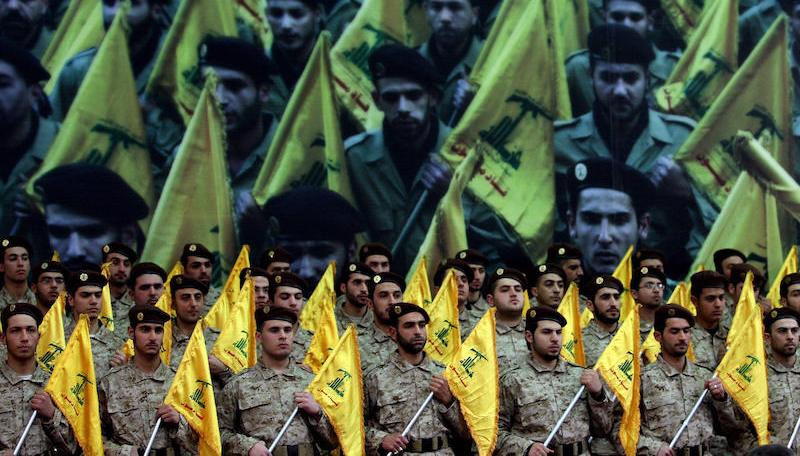(AhlulBayt News Agency) - Though it assumes to be strong, offensive and decisive, the national security strategy document released by US president Donald trump a week ago is defensive in nature, realistic in content, and somehow contradictory.
The document acknowledges a very important point as it recognizes that USA is entering a new age, an age of competition with other world rival powers, namely Russia and China.
The strategy has assigned four important strategic goals for Washington to:
1- protect the American people, land, and way of life.
2- promote American prosperity.
3- preserve peace through strength.
4- advance American influence.
To achieve this, USA has designated its rivalries and enemies. Atop of its rivalries come Russia and China, whereby Washington should engage against both of them. USA accused Russia, in collaboration with Iran of trying to displace her from the Middle East, while it accused China of attempting the same thing in East Asia. It went further; accusing the two states of attempting to undermine US system of values and norms.
Iran and North Korea had their shares of American hostility; depicted as two rogue states using Bush administration terminology, the US promised to build partnerships and alliances to thwart their attempts to target America.
Iran was prioritized as a top threat to American interests along with Russia and China; Hezbollah, portrayed by America as a terrorist organization, was equally put under active surveillance with promises to neutralize its capabilities and disrupt its actions.
The document has designated the responsibilities that Washington opt to shoulder under two categories: high politics and low politics, high politics are those which involve confronting Russia, China, Iran and North Korea and what Washington calls the terrorist organizations. While low politics are issues related to disputes with US allies over the climate, commerce, immigration and issues of similar nature.
The document does not convey an American policy of warfare, nor it promises to engage in military confrontations with enemies, it rather stresses the necessity to build alliances and partnerships to involve others with this responsibility.
It is apparent that Washington under Trump is seeking to build a deterrence force that could defend America and its interests without dragging itself into open military confrontations.
America wants to perpetuate itself and come into revivalism period under Trump, yet this has drawn harsh criticism from his opponents, how come this could be materialized when Trump shuns allies, draw hostilities and gather enemies at one time, and dream to regain the US majesty at a time when he applies inappropriate policies, like the immigration hardline policy!
The document was inked as a blue print, it is an achievement to Trump due to its comprehensive and organized nature, and the short time he took to produce it, compared to other US presidents. All this is true, that not all what is written on paper could be materialized in reality. This prompted some to describe the document as virtual and illusory; nonetheless, it continues to be considered one of the strategic documents that guides the US administration actions that are in most times misguided.
/129
source : Almanar News
Sunday
31 December 2017
4:40:26 AM
875022

The document was inked as a blue print, it is an achievement to Trump due to its comprehensive and organized nature, and the short time he took to produce it, compared to other US presidents.
